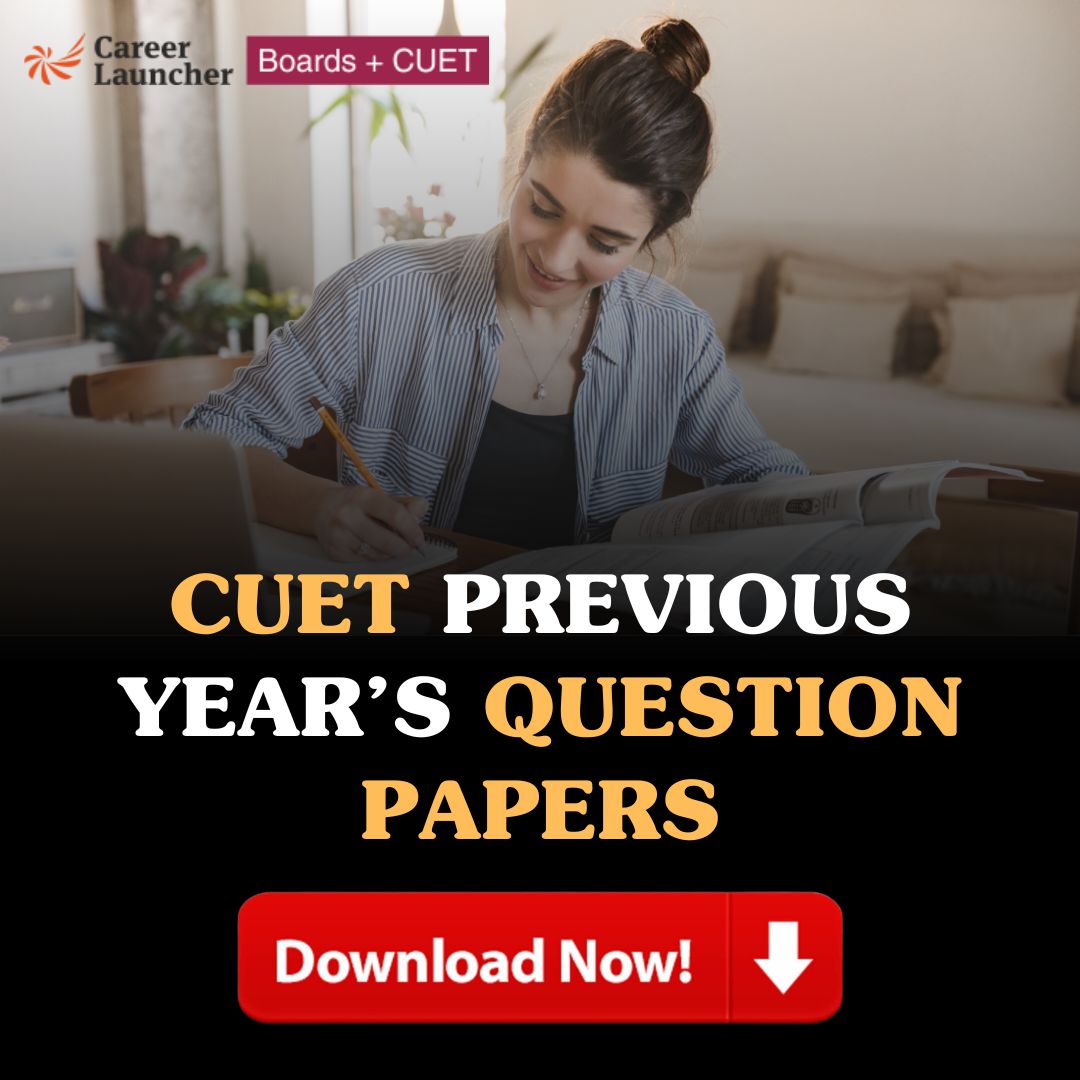Heredity and Evolution-MCQ
HEREDITY AND EVOLUTION
MULTIPLE CHOICE QUESTIONS
MULTIPLE CHOICE QUESTIONS
1. Which of the following is totally impossible outcome of Mendel�s Experiment?
a. 3 tall 1 short plant
b. 24 tall and 8 short plants
c. 8 tall and 0 short plants
d. 4 tall plants and 1 medium height plant.
2. Which of the following is not a direct conclusion that can be drawn from Mendel�s Experiment?
a. Only one parental trait is expressed
b. Two copies of each trait is inherited in sexually reproducing organism
c. For recessive trait to be expressed, both copies should be identical
d. Natural selection can alter frequency of an inherited trait.
3. Which one is a possible progeny in F2 generation of pure bred tall plant with round seed and short plant with wrinkled seeds?
a. Tall plant with round seeds
b. Tall plant with wrinkled seeds
c. Short plant with round seed
d. All of the above
4. Which section of DNA provides information for one protein
a. Nucleus
b. Chromosomes
c. Trait
d. Gene
5. Which of the following is not controlled by genes?
1. Weight of a person
2. Height of a person
a. only 1
b. only 2
c. both 1 and 2
d. sometimes 1 and sometimes 2
6. What is the probability that the male progeny will be a boy?
a. 50%
b. 56%
c. 47.43%
d. It varies
7. Who have a perfect pair of sex chromosomes?
a. Girls only
b. Boys only
c. Both girls and boys
d. It depends on many other factors
8. With whom you can associate theory of evolution?
a. Charles Darwin
b. Mendel
c. Stanley miller
d. Harold Urey
9. Which of the following can be called a characteristic?
a. Plants can photosynthesis
b. We have 2 eyes
c. Mango tree is multicellular
d. All of these
10. Homologous organ have
a. Same structure, same function
b. Different structure, different function
c. Same structure, different function
d. different structure, same function
ANSWERS
1. d
2. d
3. d
4. d
5. b
6. a
7. a
8. a
9. d
10. c
